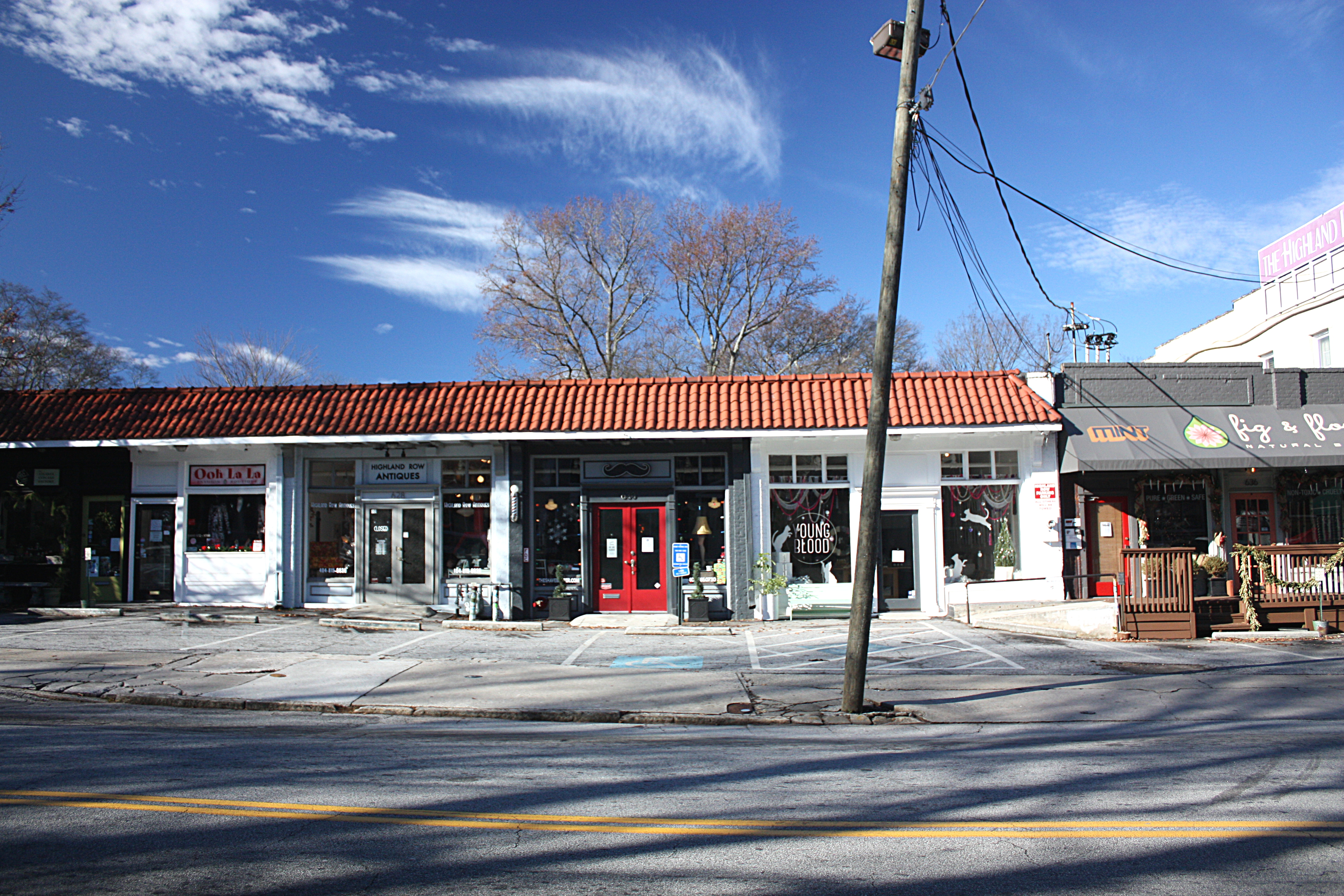They're Turning My City Into A Postcard

Atlanta, Ga
Turning off North Avenue, my mother parks in front of what used to be a Sears warehouse turned city office space. Now it's a construction zone.
We walk into a glass-fronted lobby containing a model kitchen and bathroom. Two representatives for Ponce City
Market (PCM) Apartments - a mixed-use
development in Atlanta's Old Fourth Ward - greet us at the door. A city employee, my mother worked here years ago when 75% of the building was off limits
due to asbestos; a maze of cubicles, empty rooms, and terrifying freight elevators. The receptionist shows us around and we're stunned at the
transformation. Airy units with brand new appliances and fixtures open to city views. Residents enjoy perks like the Beltline (a park encircling the
entire city), big-name retail, a farmers market, and rooftop bars.
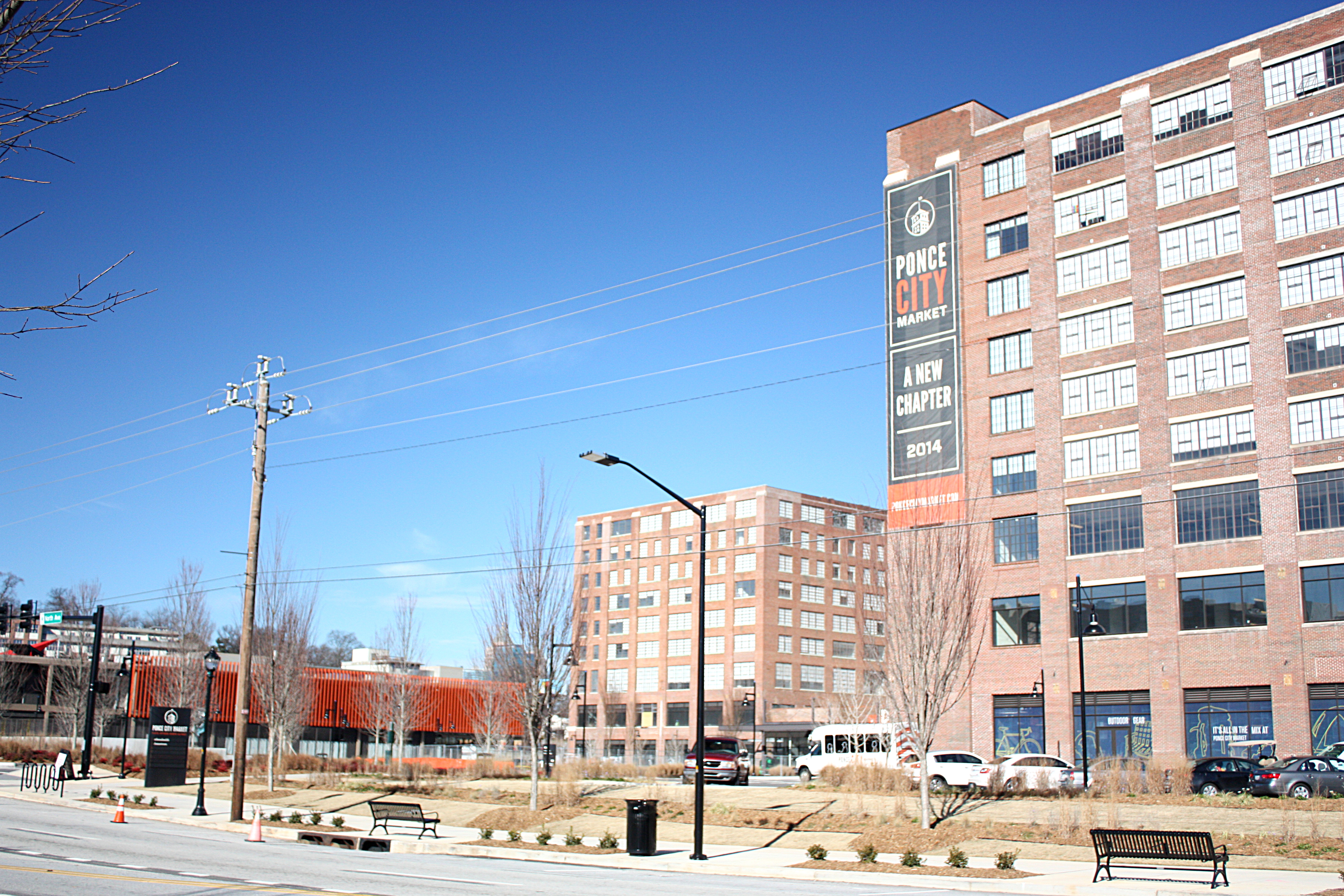
The price: 550 sq ft studios start at $1400, one bedrooms at $1600. Someone from the West Coast or Northeast would laugh at the low rent and
sign a lease that day. Atlantans may react differently: they enjoy some of the country's cheapest housing stock. The
thought of $1400 studios in Old Fourth Ward, until recently a hotbed of crime, gives pause. However, that attitude, deep-seated and difficult to shake, may soon
change. From 2000 to 2009, Atlanta's young college-educated population
grew by 61%. While that growth
slowed recently, the city remains a
top destination for moving families.
Several dozen Fortune 500 companies call the city home, it's entrepreneur-friendly, and, again, housing is cheap.
Drawbacks traditionally included unchecked sprawl, poor public transport, and high crime rates, trends which tend to reverse with an
influx of young professionals to the city center.
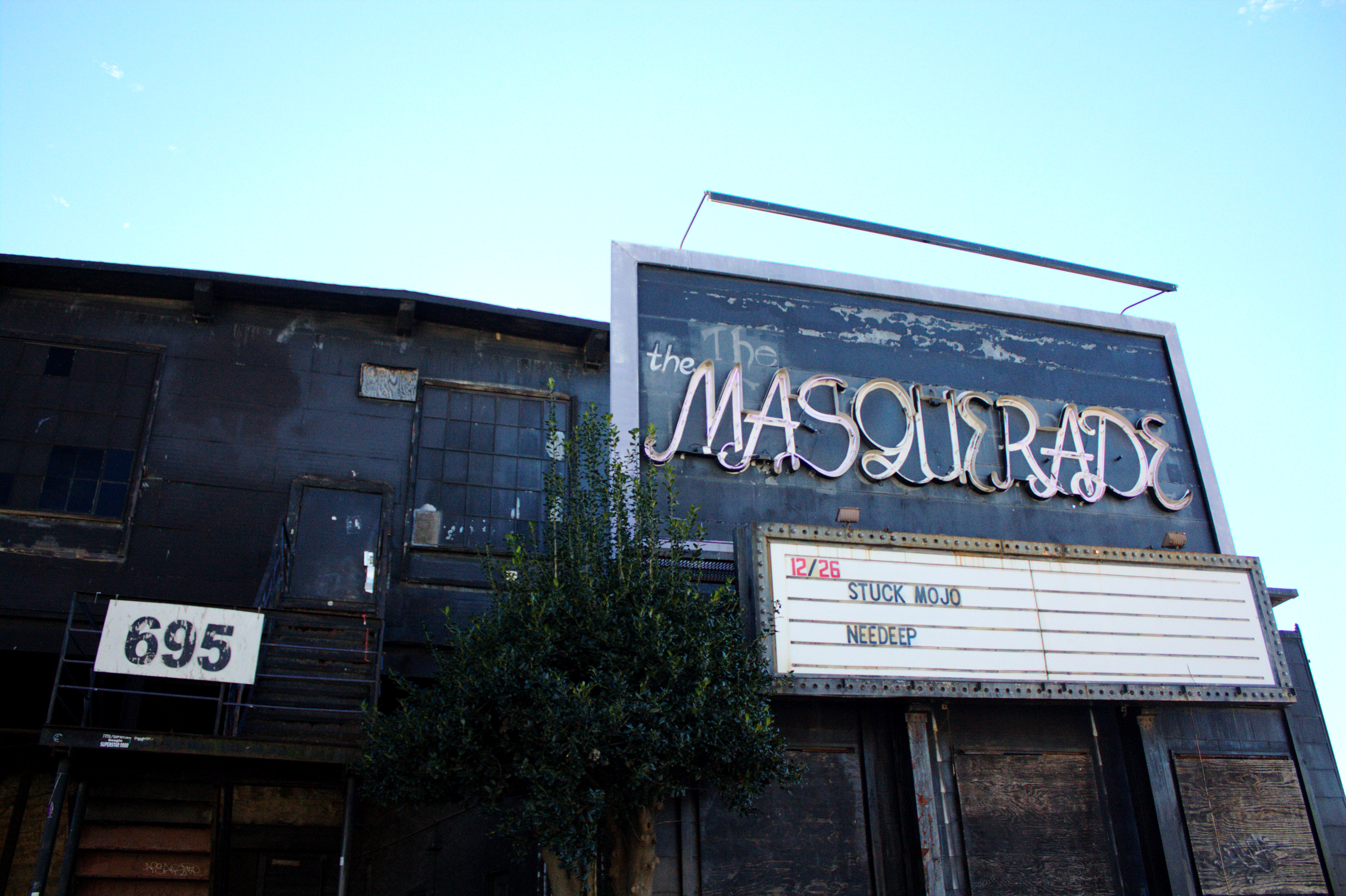
Across from PCM is a local landmark: the Masquerade. Housed in an abandoned textile factory, the concert venue is split into three levels: heaven,
purgatory, and hell. Black, gritty, with a purple neon sign and questionable structural integrity, it's witnessed 25 years of bands-you-haven't-heard-of.
Now it's in danger as new
owners seek to include it in another mixed-use development. Even if the Masquerade remained a music venue (not likely), the new
incarnation would be a polished, stylish version of its former self. The building's old textile equipment, inconveniently placed tripping hazards, would
become part of a historically-based brand, selling-points for would-be renters.
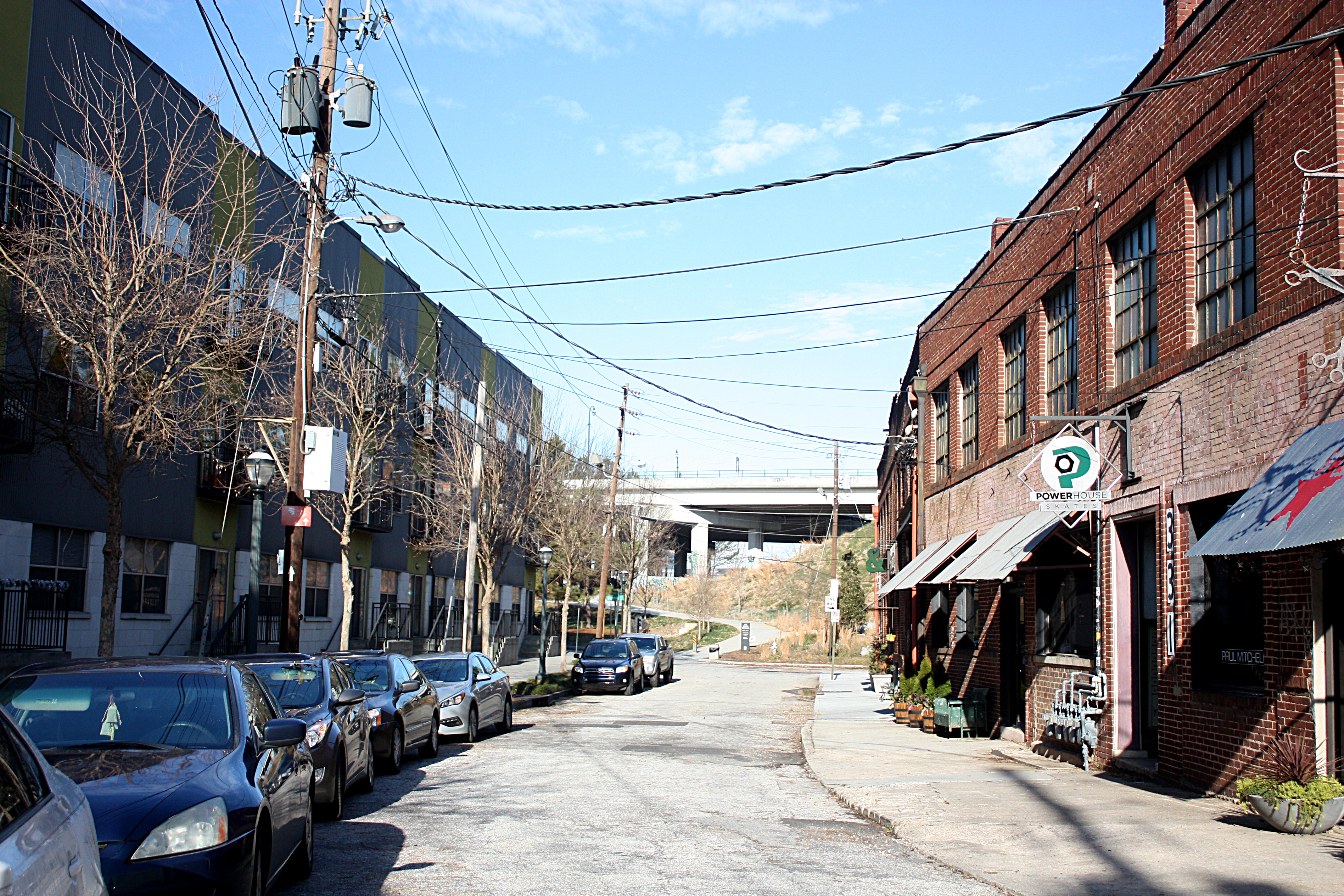
All over the city, from Westside Provisions District to
Inman Park, developers will turn (or have turned) old warehouses and factories into expensive
apartments, condos, retail, and restaurants. S.O.P. dictates that historic features be retained and renovated, not to preserve Atlanta's past, but to use
its more romantic qualities to market abandoned spaces. This system turns the city into a caricature, especially to outsiders, and it forces the
community into a narrow demographic. What if I want to open a dive bar for blue-collar workers and students? Too bad. It doesn't fit the brand. Have you
considered a bar with an ironically blue-collar concept and higher price point?
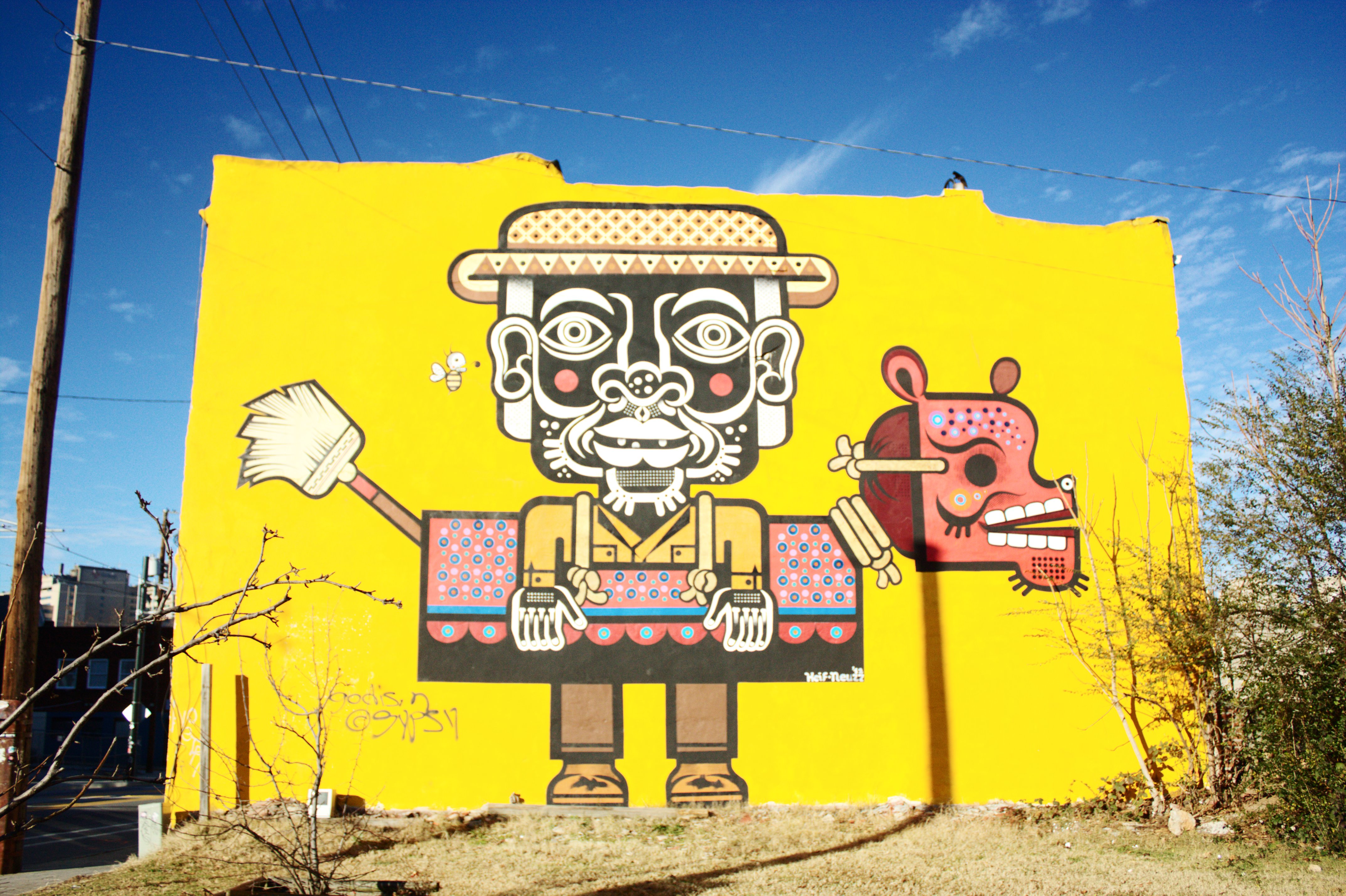
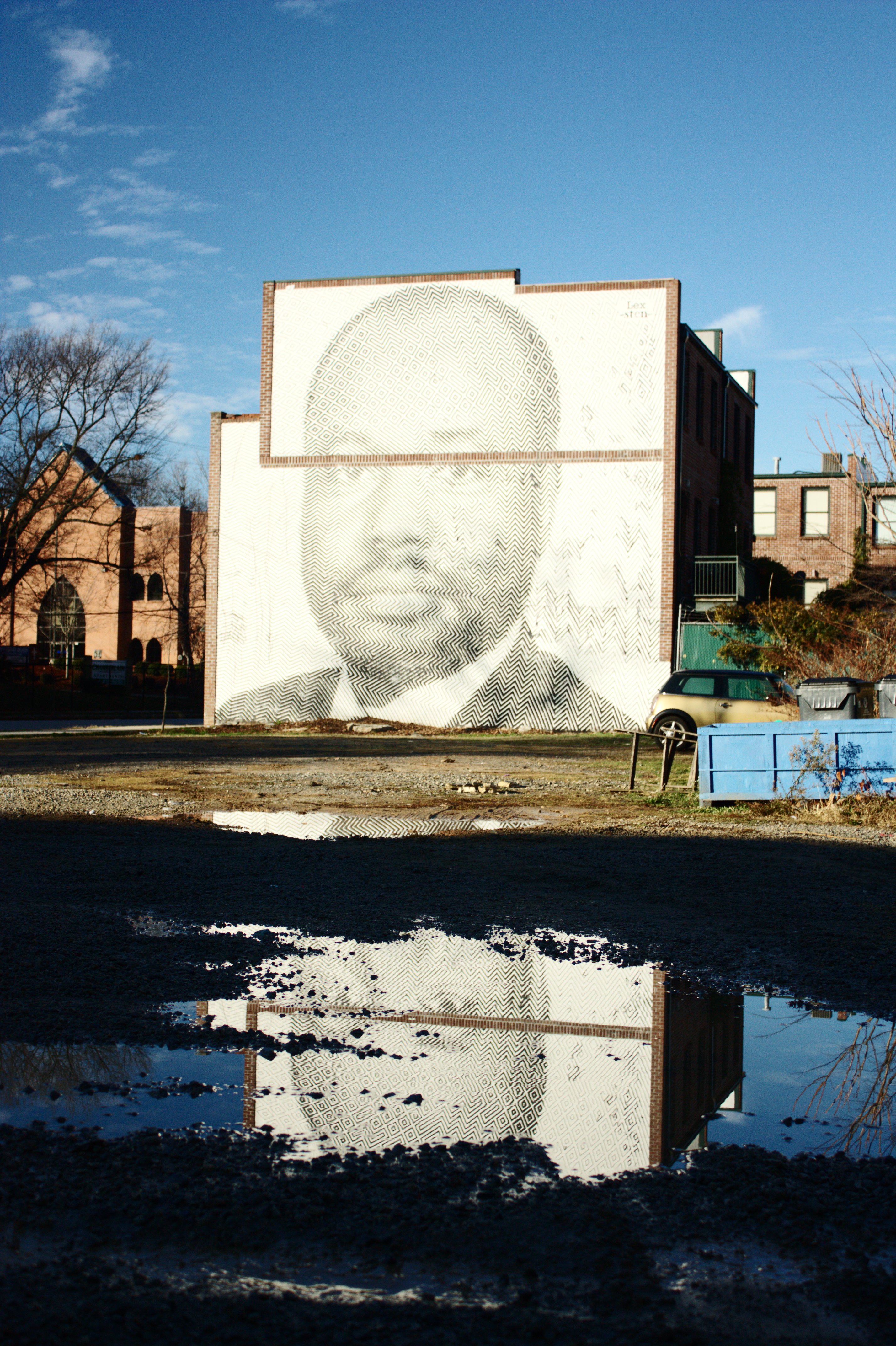
Places like Poncey-Highlands and Edgewood, with main streets catering to the needs of almost every income bracket may soon
disappear. They'll be replaced with inward-facing complexes of stylish restaurants, big-name retail, and higher rents. Community value will depend on
proximity to the nearest new development. Neighborhoods will lose ownership of themselves in favor of pricey New South theme parks where everyone but a
select few pays rent and has no permanent financial stake. To top it off, these developments market almost exclusively to young professionals, the most
transient of demographics. Residents will move in, use the amenities, and move out. Few will stay and invest in the surrounding community because they won't
be a part of it.

Maybe I'm being dramatic. Maybe I'm overlooking the fact that these developments are bringing much needed jobs and money to once blighted areas. Still, there
are right and wrong ways to gentrify. Either seek out a long-term payoff which benefits everyone or a short-term payoff which benefits only
developers and temporary residents. These developments need to be more diverse and inclusive in their branding and marketing. They need to connect with
already-established business centers. They need to foster an environment that encourages residents to invest in the surrounding area, take ownership. Only
then will these areas experience a long-lasting revival, not a narrative-driven temporary 'renaissance'. Only then will we have a living community on our
hands, not a post card.
